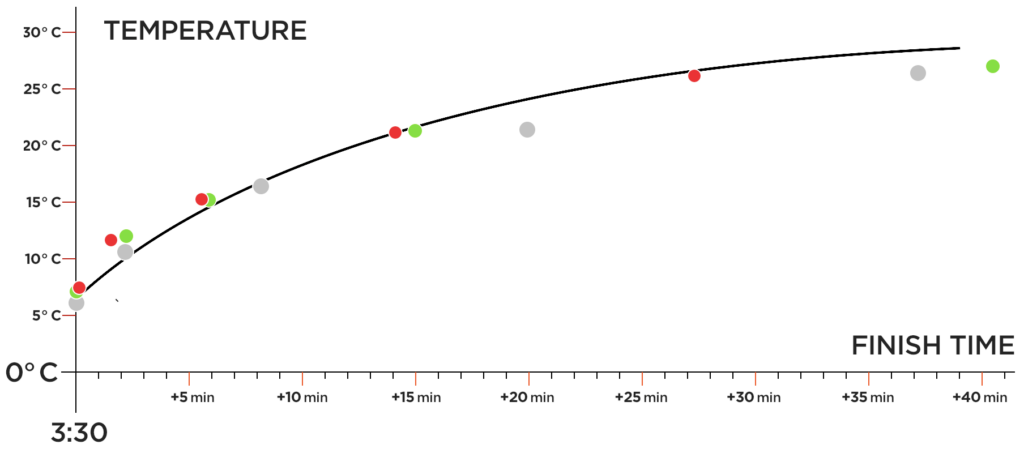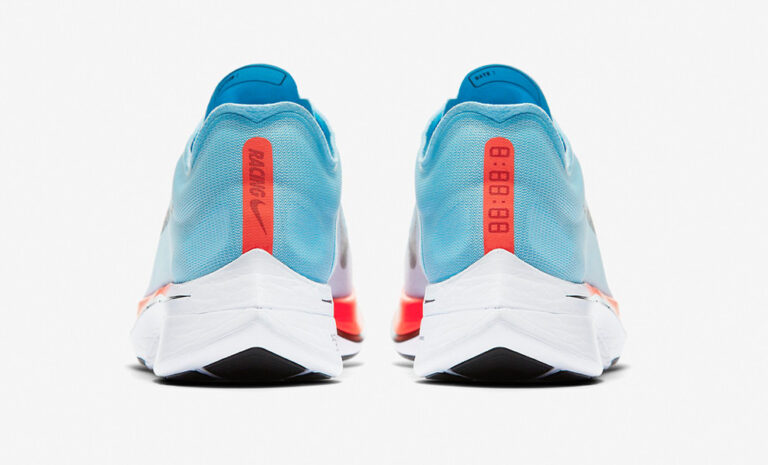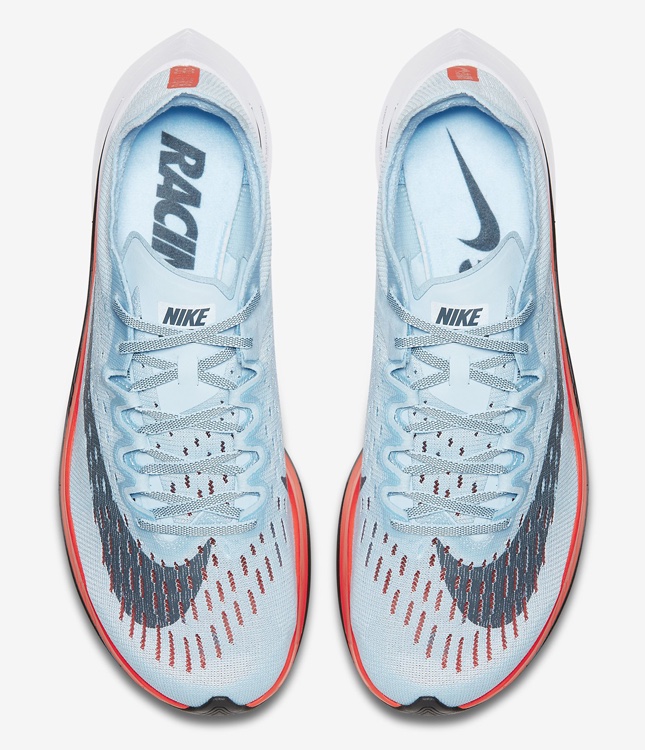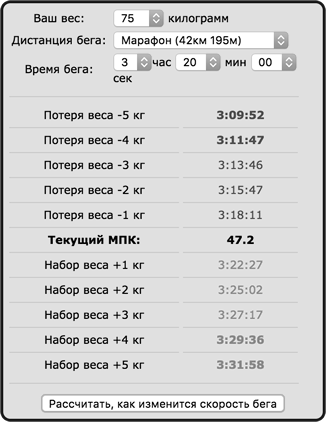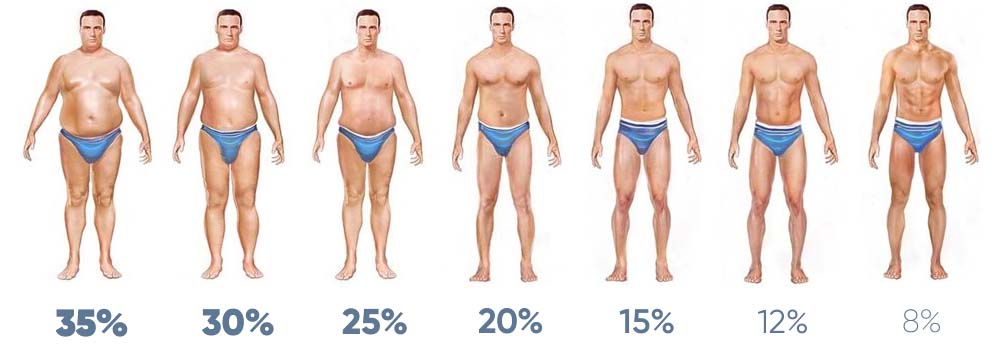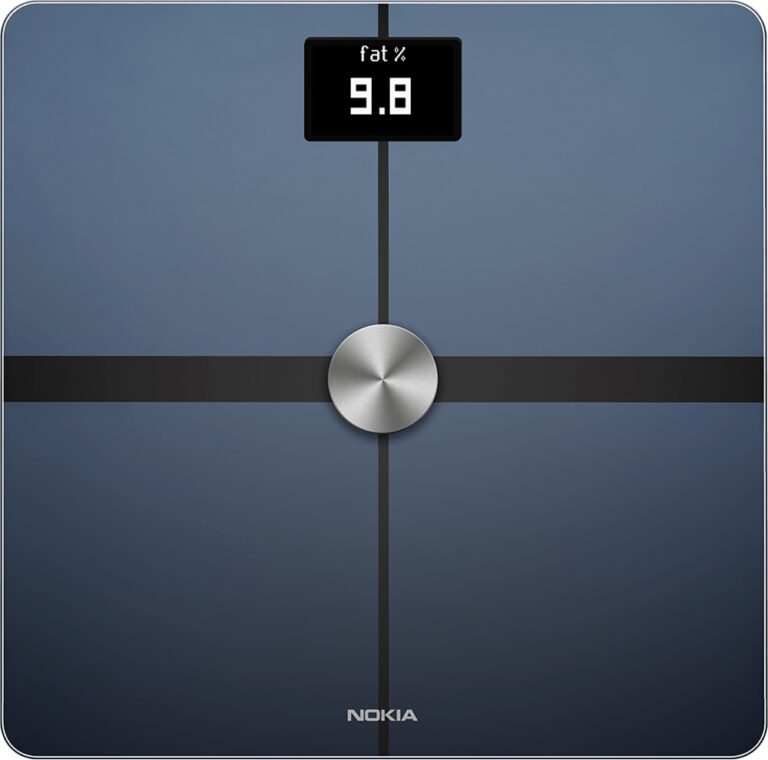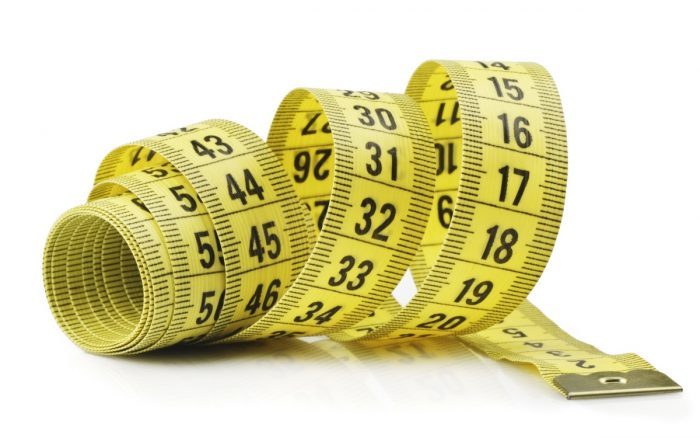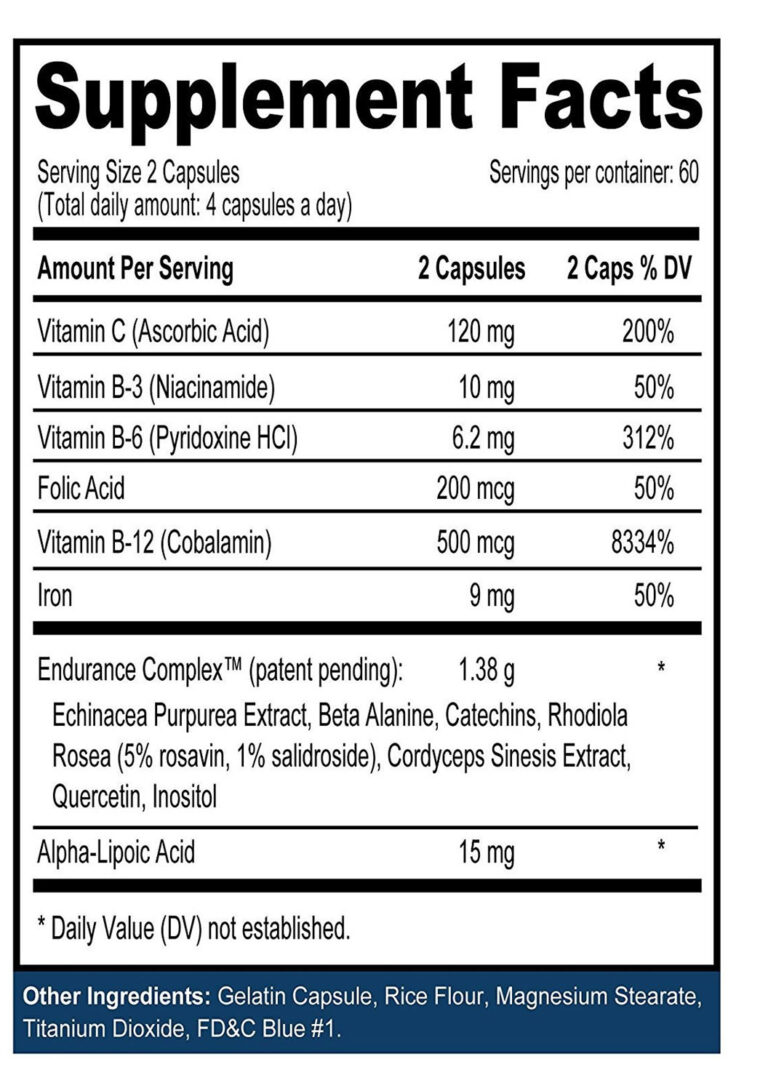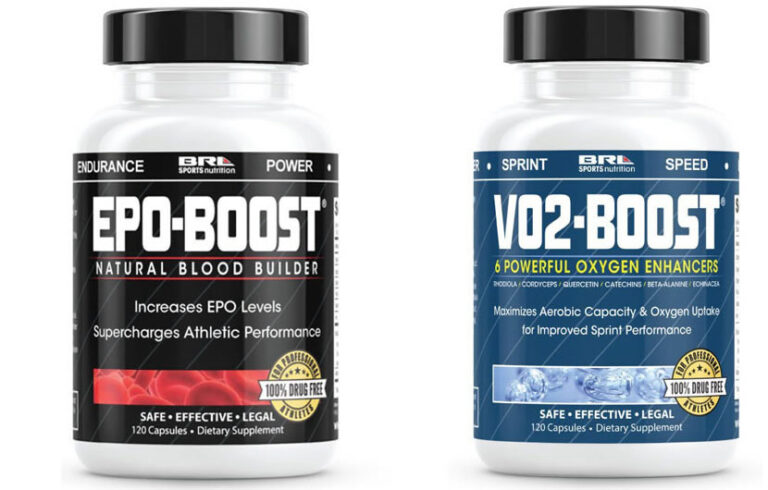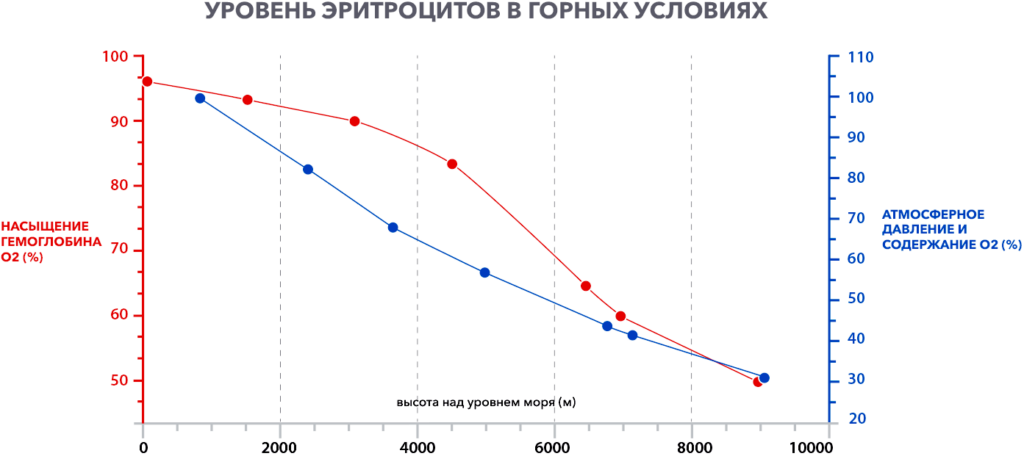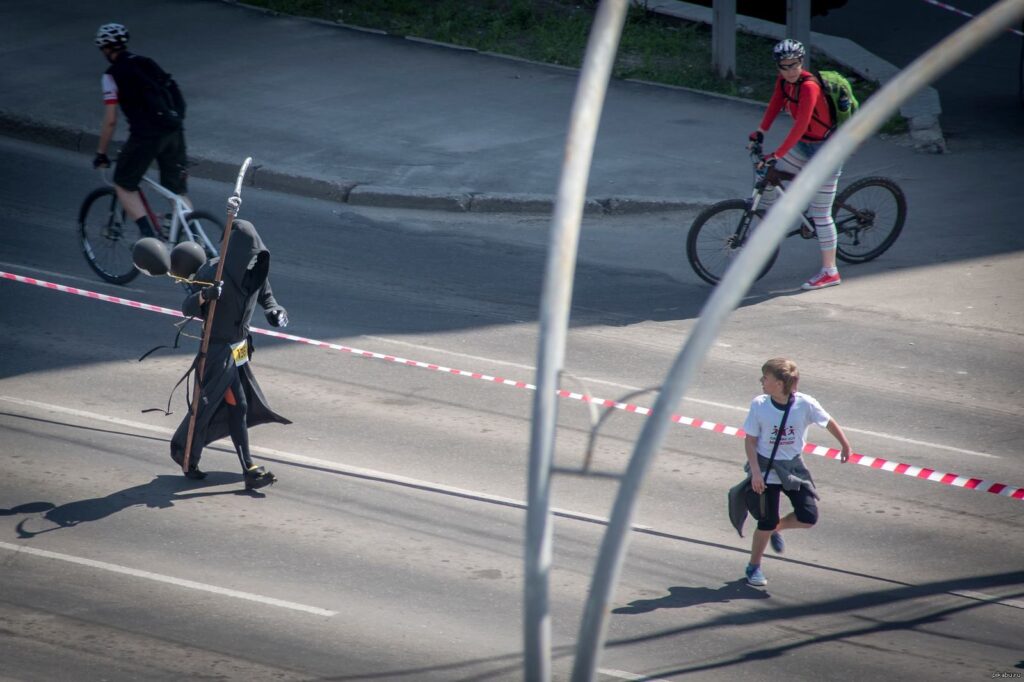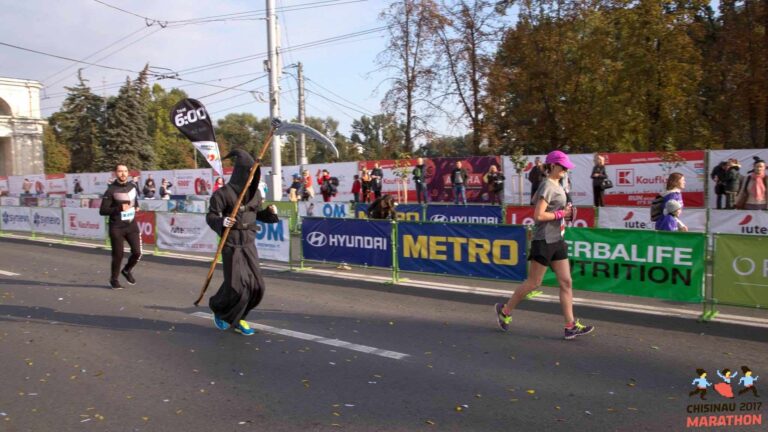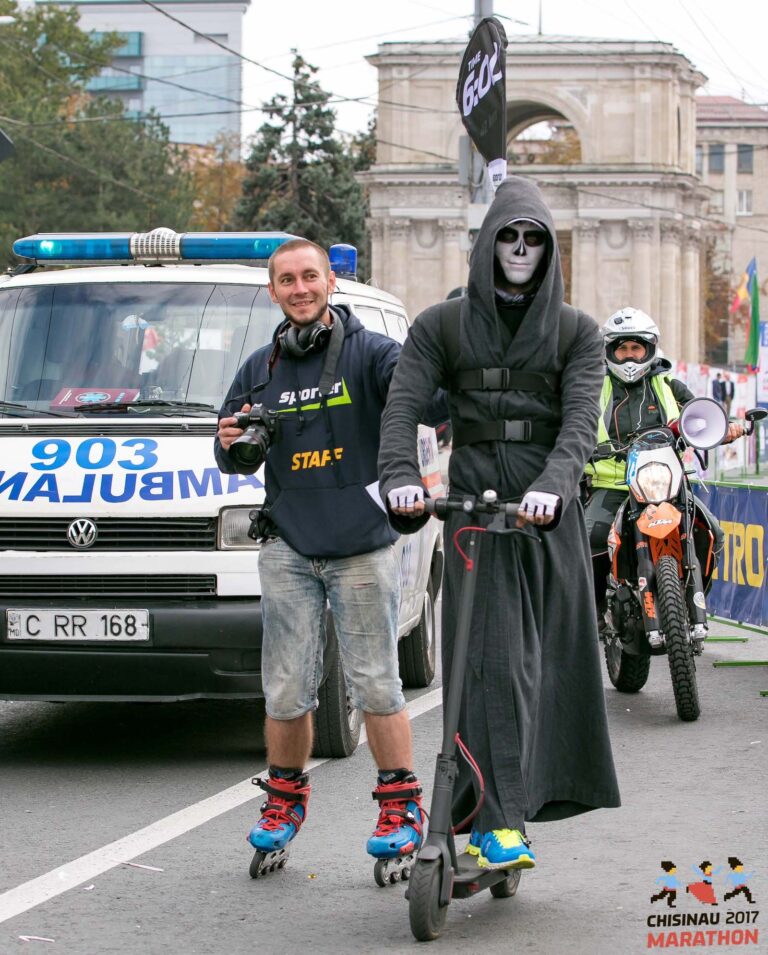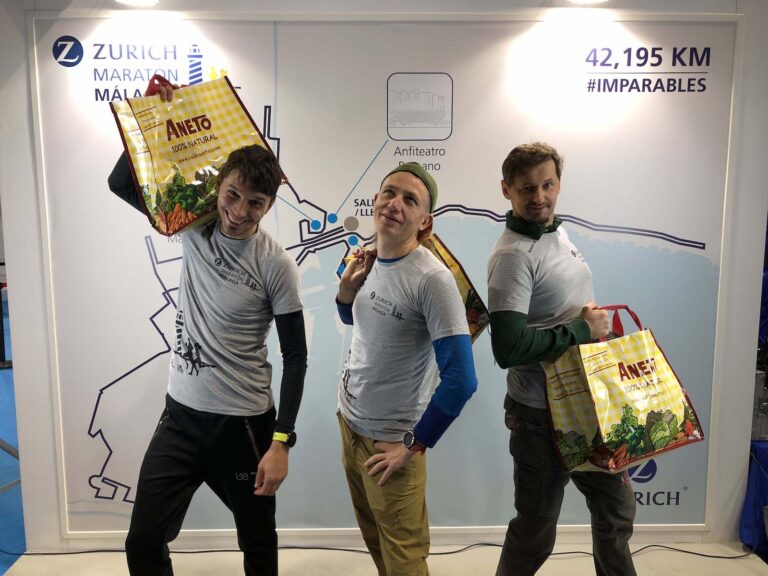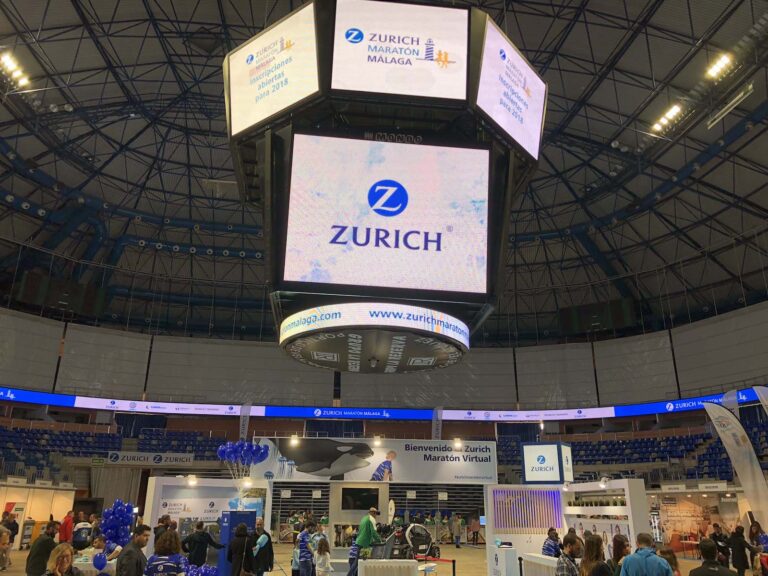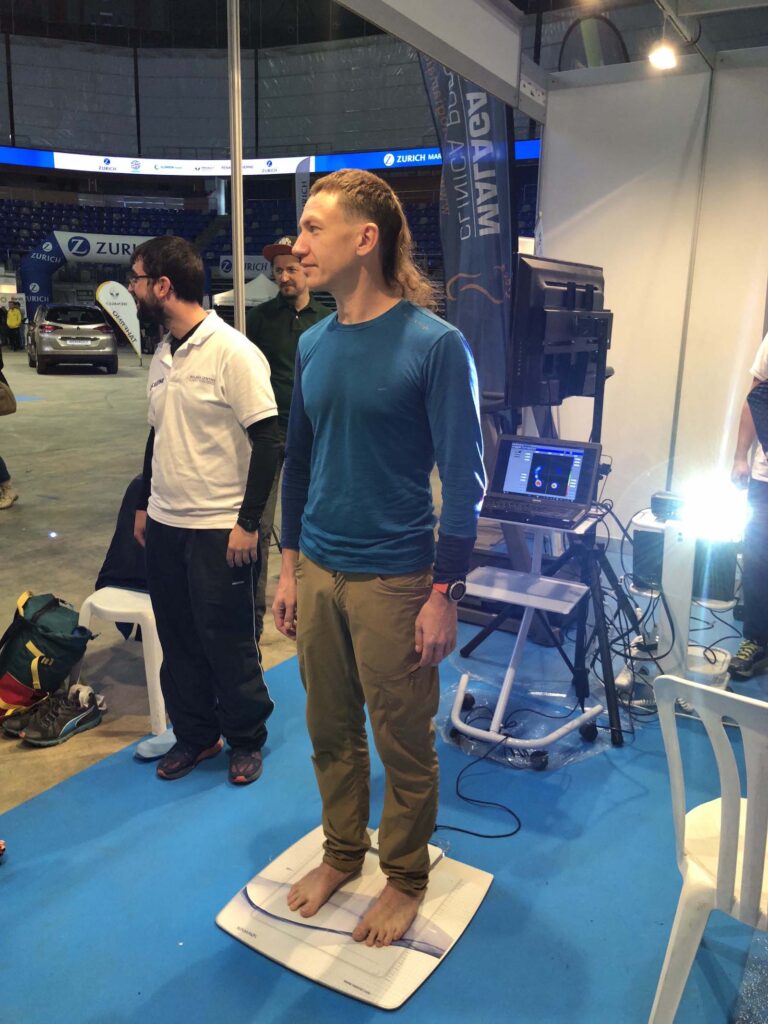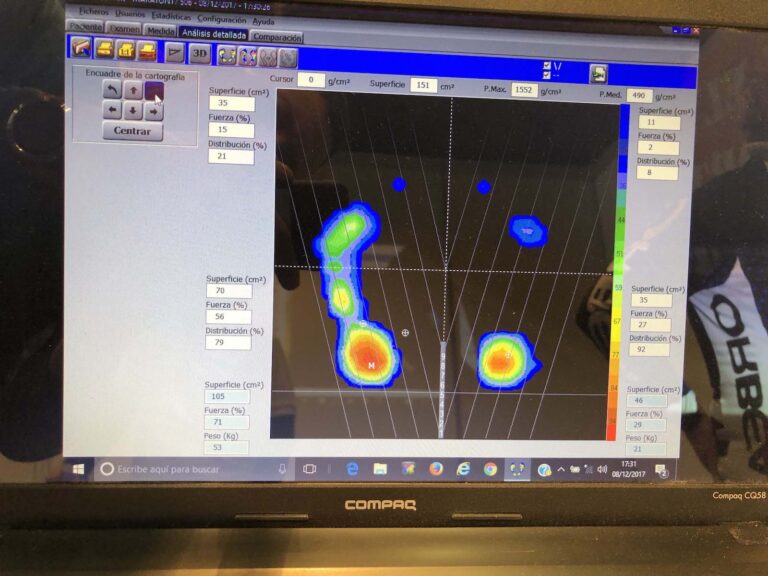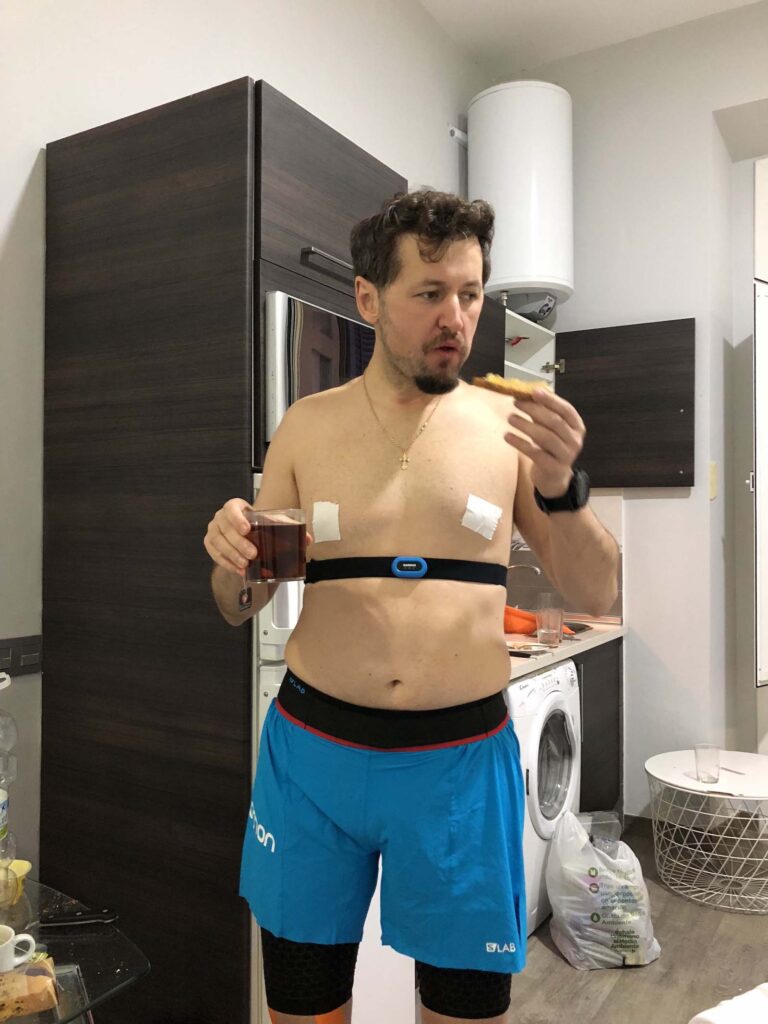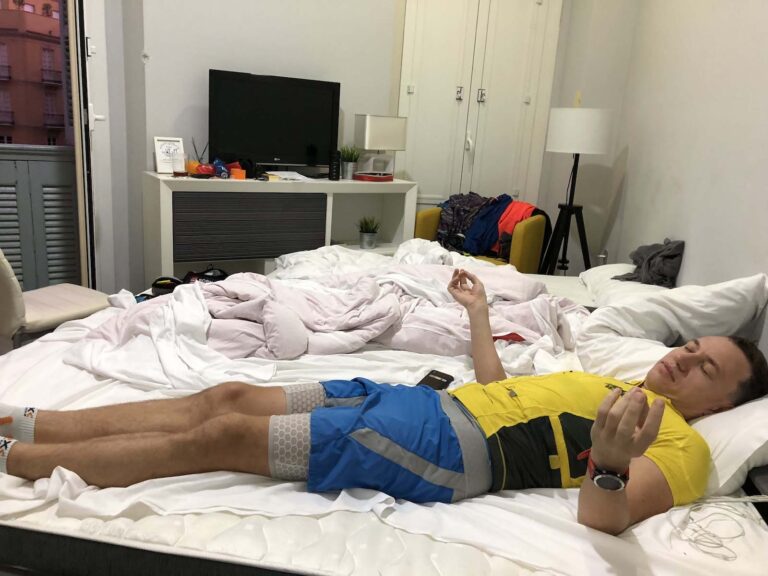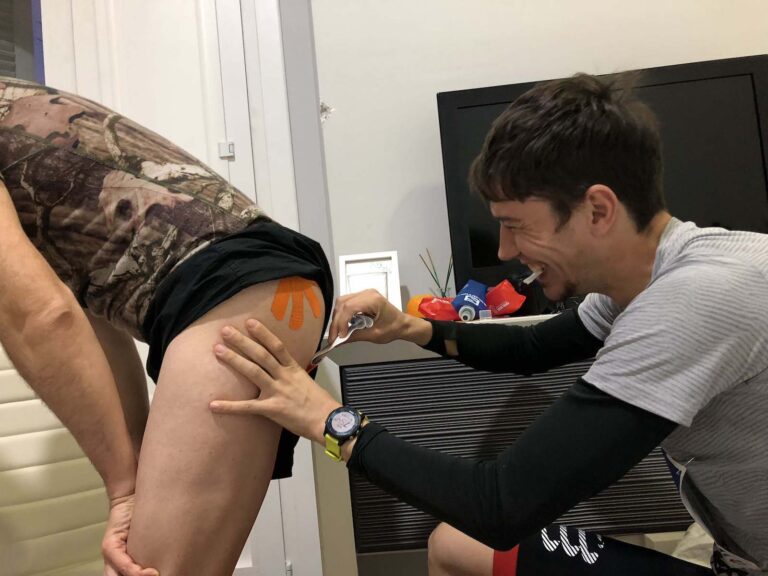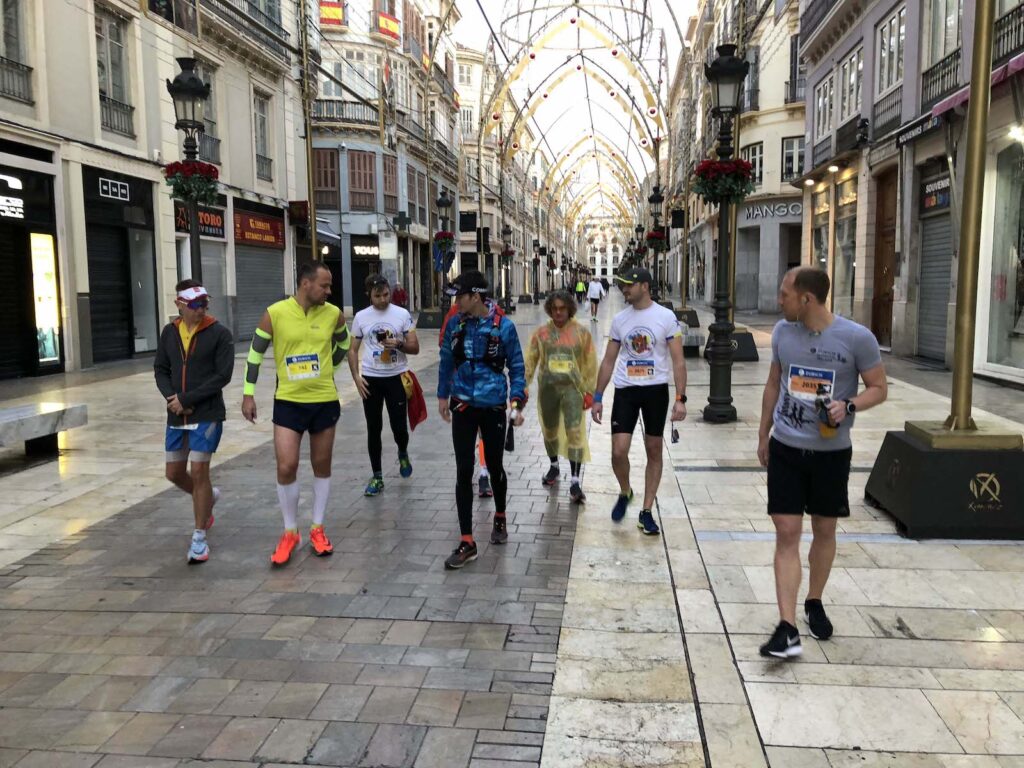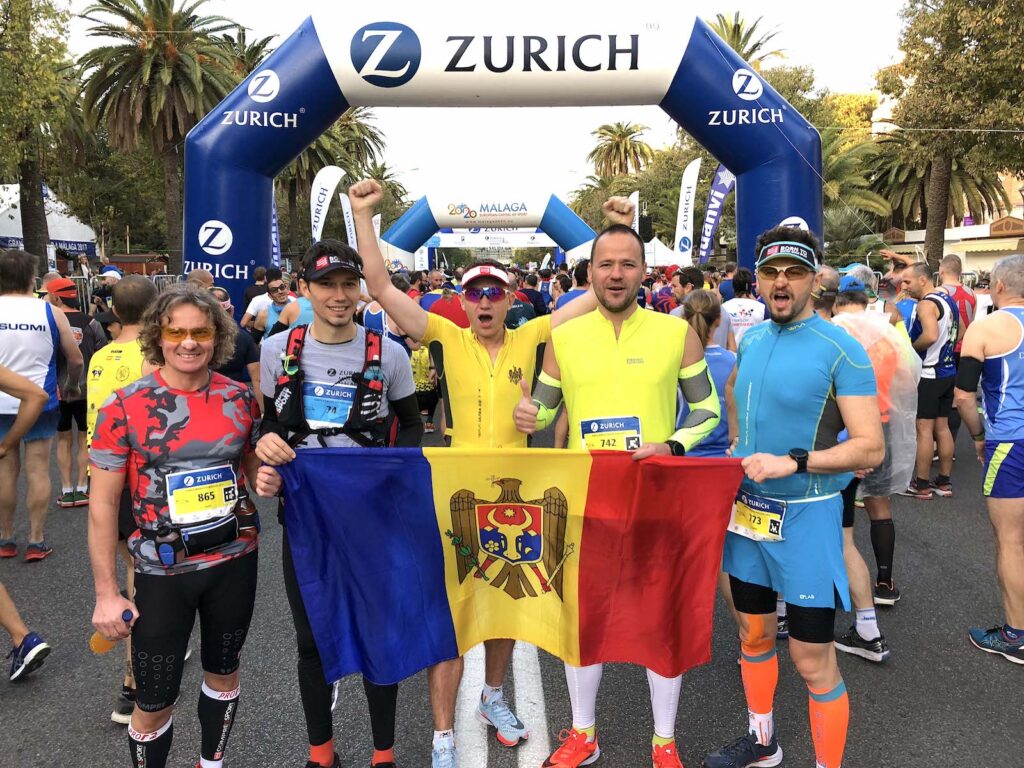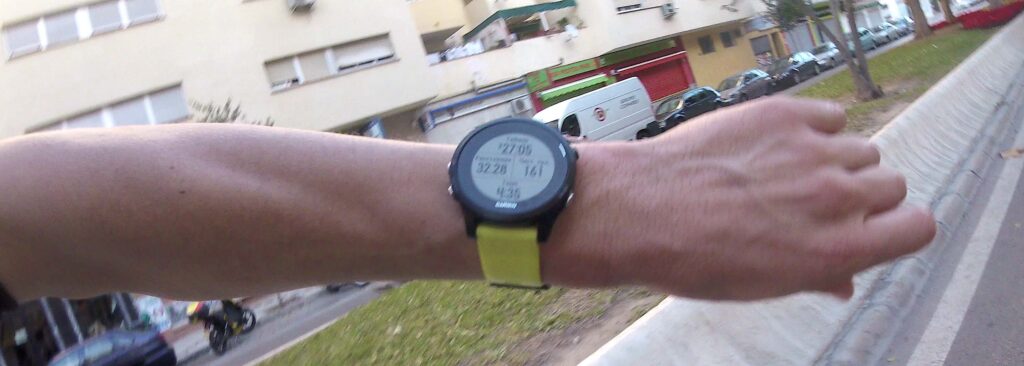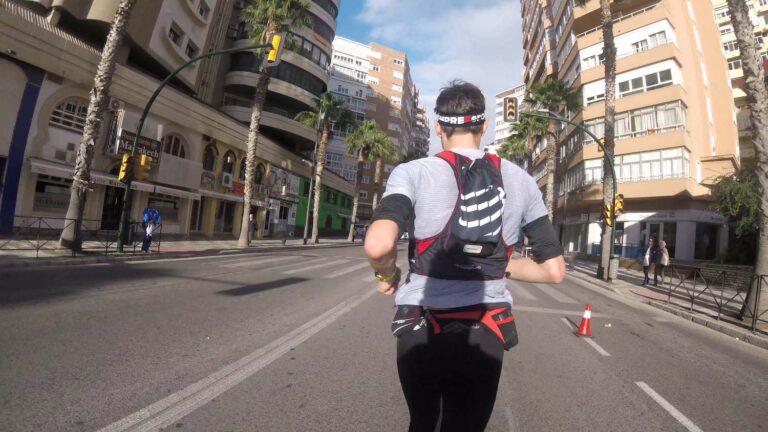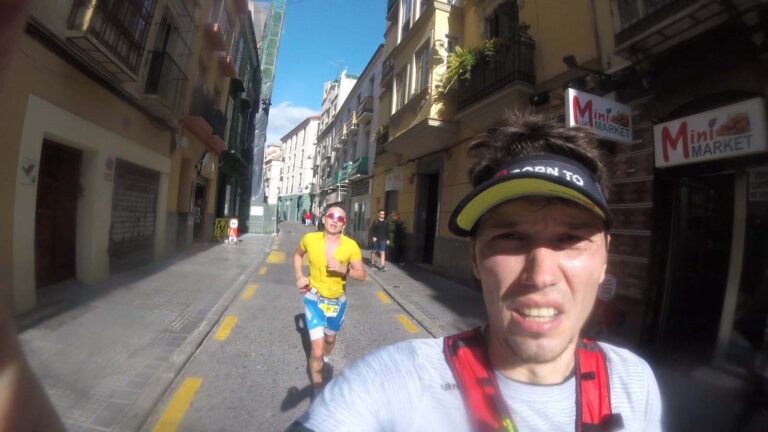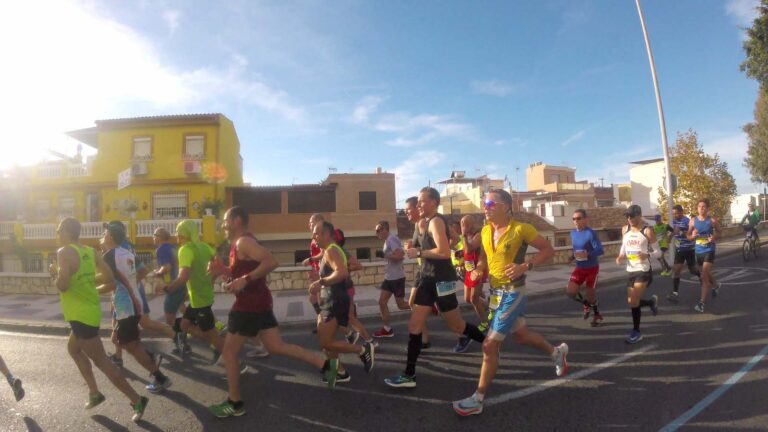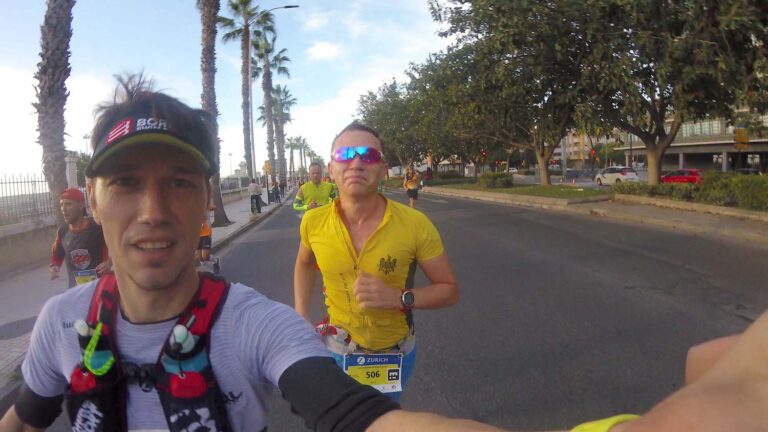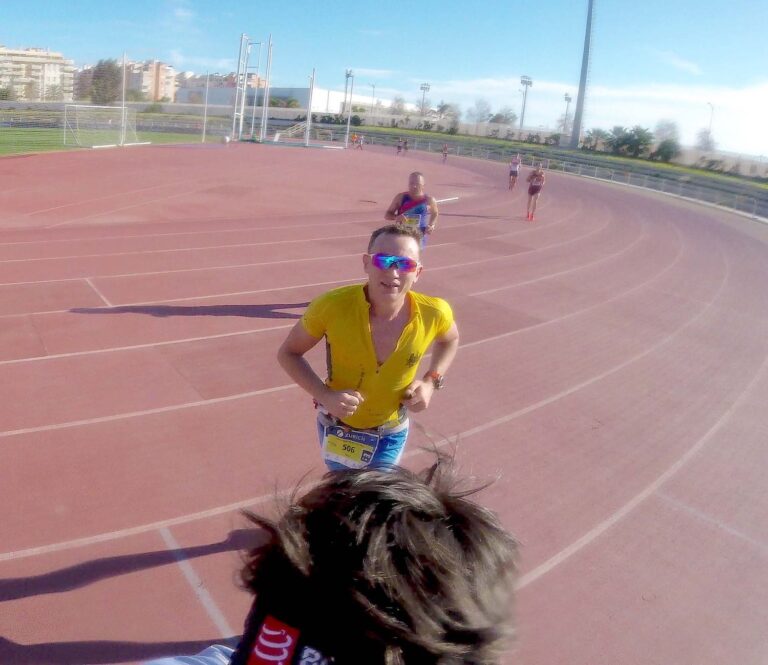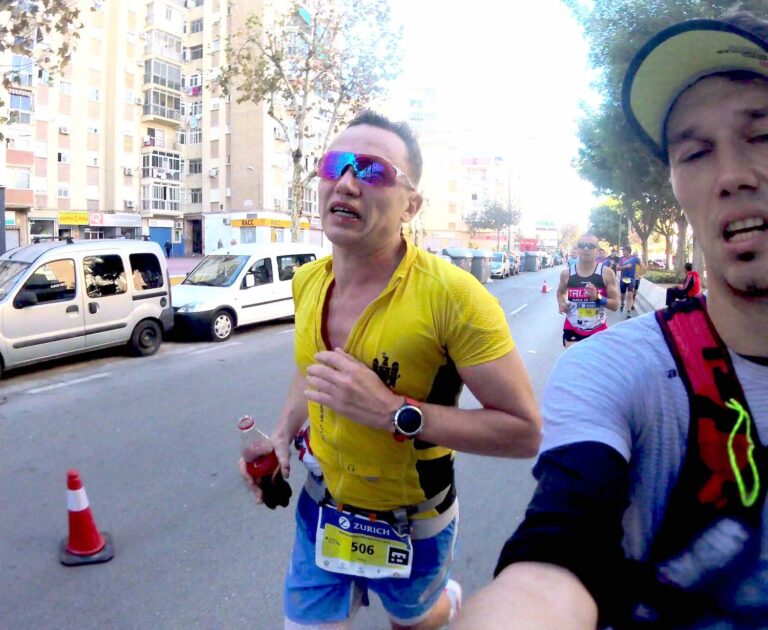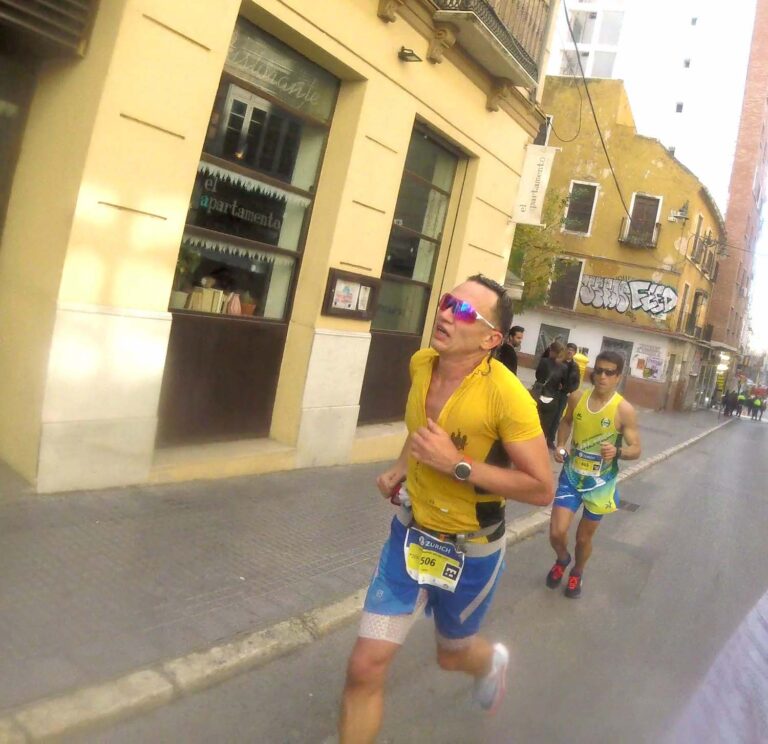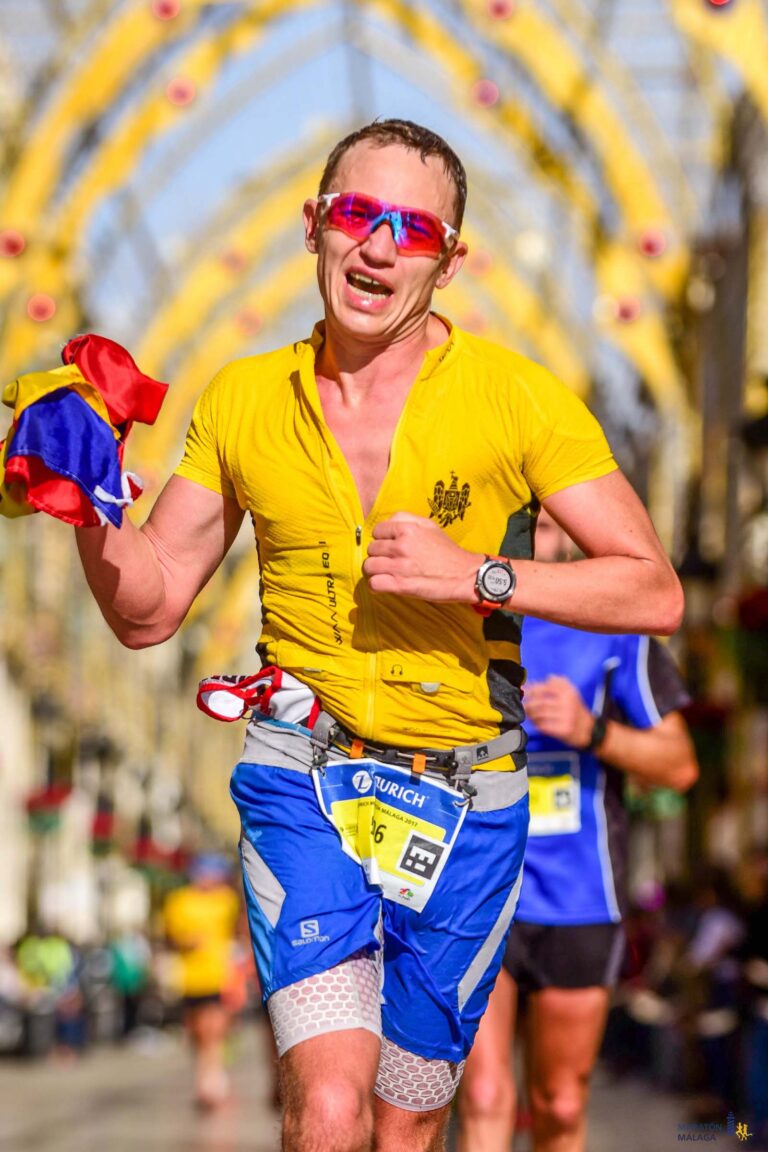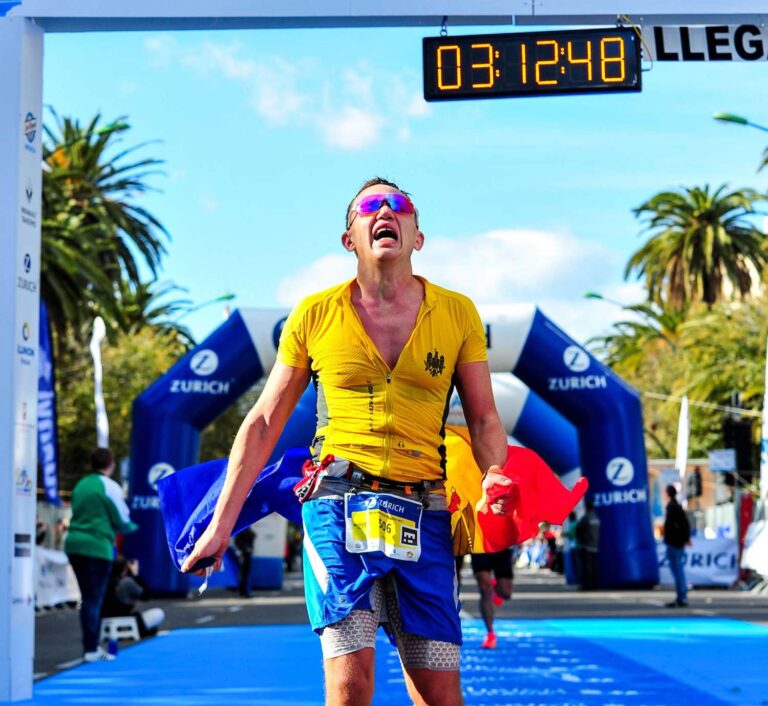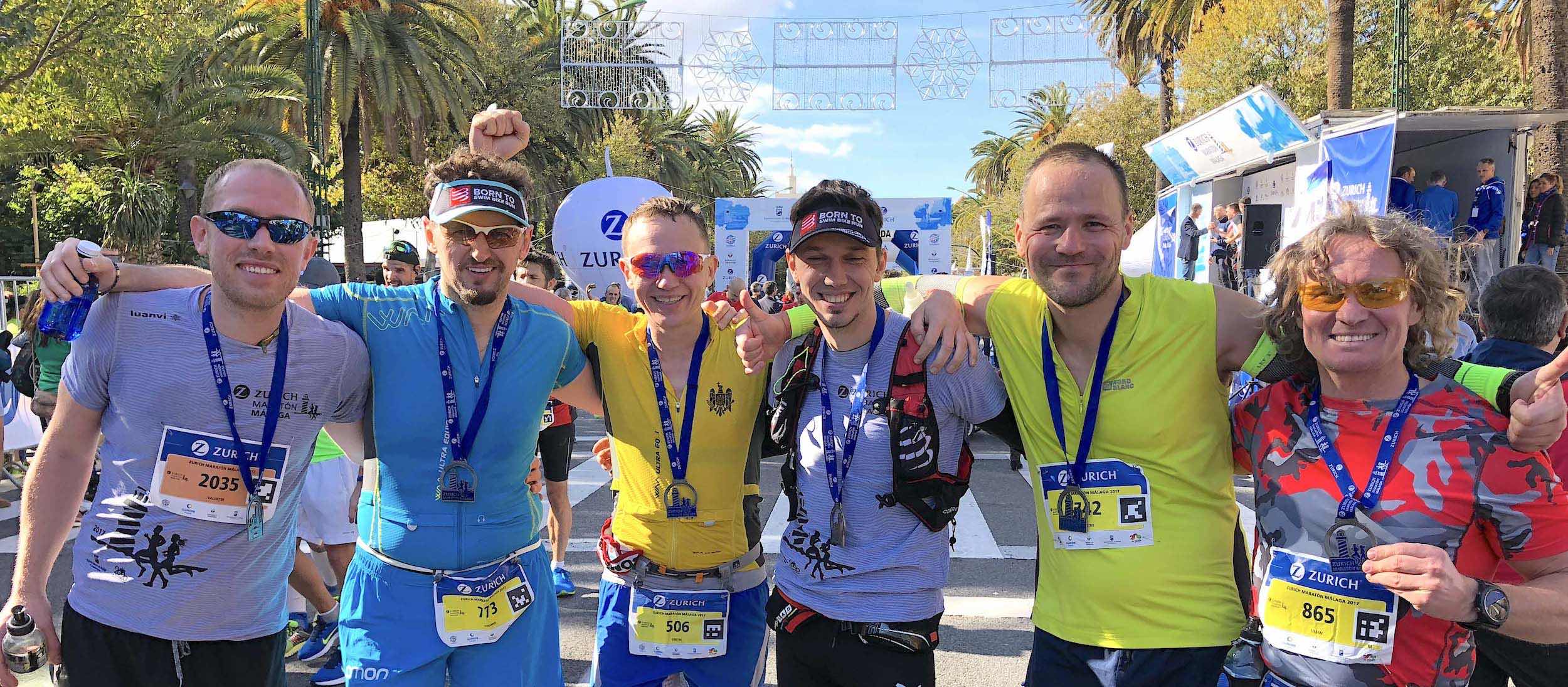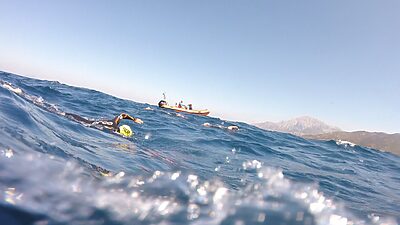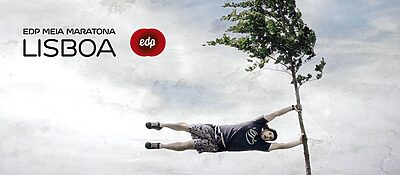My Boston dream
A soldier who doesn’t want to become a major is a bad soldier. No, not a general, it’s not a mistake. Because we, running-lovers, do not dream of winning the Olympic Games. We, losers, before going to sleep, dream of the day when our VO2 Max will reach 55 units, when our calves will become as solid as a rock and our weight will drop below 70 kilos – that’s the moment when we will be able to run so fast, that the Boston Marathon organizers will send us a personal invitation to participate in this high-end race.
And one wonderful spring we will travel to America to run at the coolest marathon in the world!
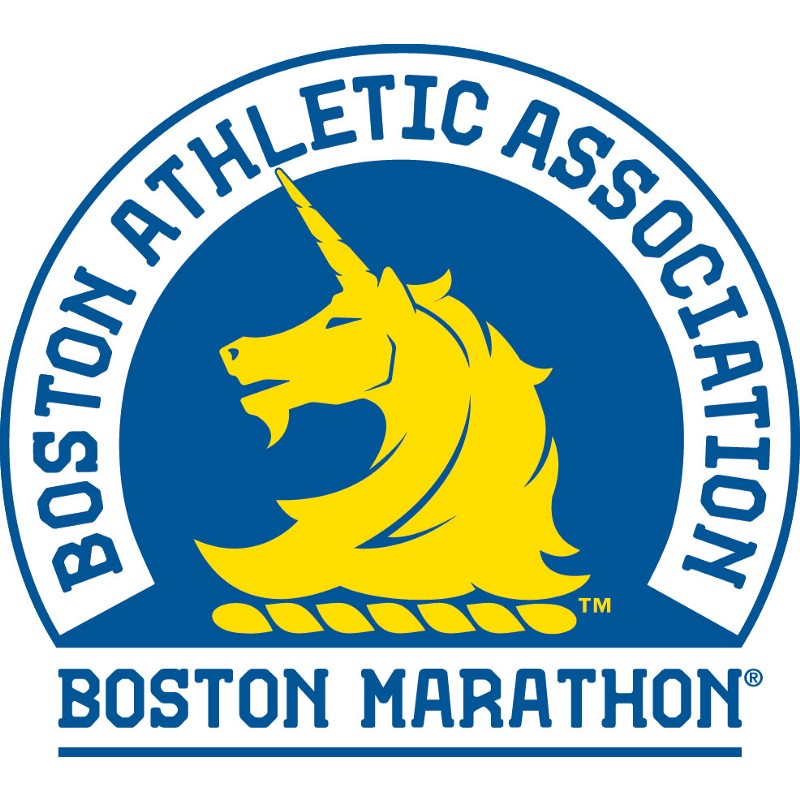
For those who don’t know: you can’t just buy a ticket to the Boston Marathon. Besides money, you must prove that you’re able to run fast. And these are their qualifying standards:
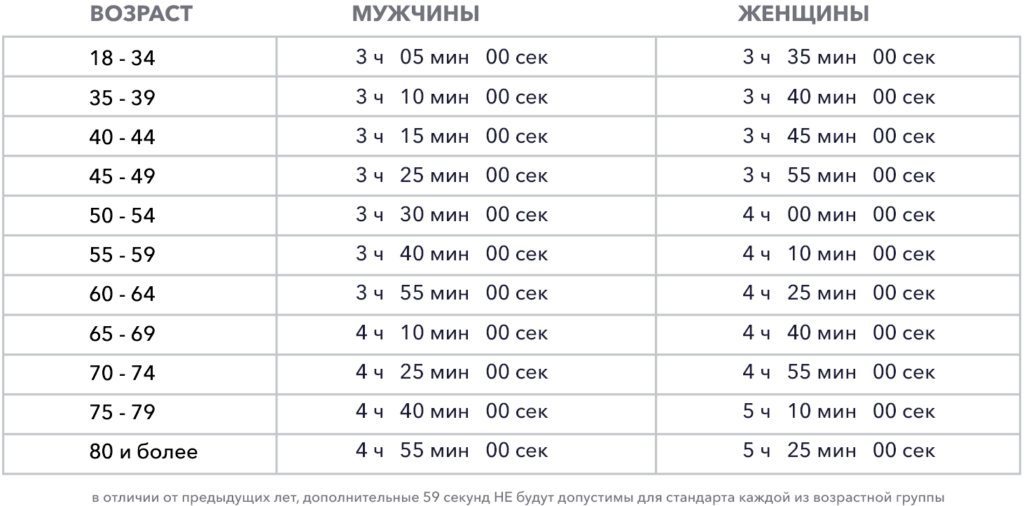
So, to obtain the permission to pay the participation fee, I must run a marathon faster than 3 hours and 15 minutes.
But, a result of 3:14:59 won’t be enough, because the number of people who run faster than 3:15 exceeds the field size limit. So you need a cut-off time. It changes every year:
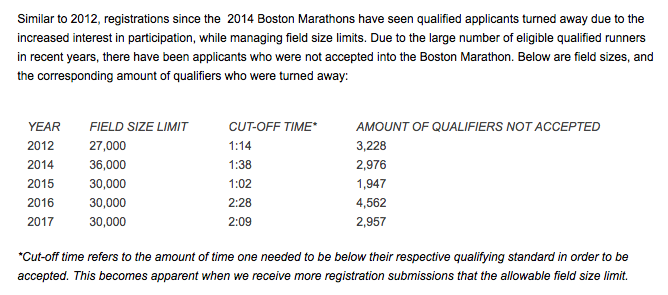
In conclusion, to have a chance to get to Boston I must run a marathon around 3:12. That’s my ultimate goal. Or I can wait a couple of years and run in 3:22. But it’s boring, so I will try my best and learn about how to run your best marathon.
So, these are the 7 legal types of doping:
Secret 1: Route
In order to run your fastest marathon you shall choose the fastest route. An unexpected conclusion, isn’t it?
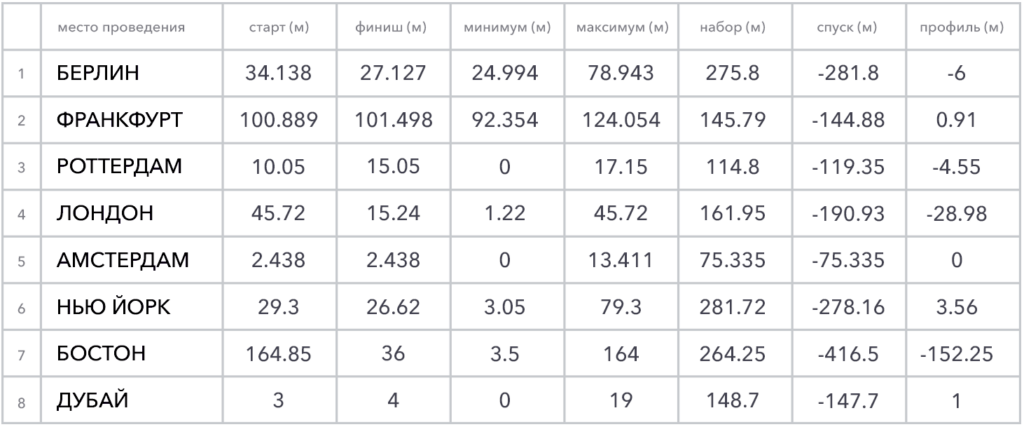
It’s no longer a secret that the highest the hills at a marathon, the worse the finish time, so the fastest marathons are the plainest and the ones with a negative profile. For example:
On average, on a 5° slope the expenses of energy are approximately 20% higher than while running at the same speed on a plain surface. On a 10° slope energy expenses will be 50% higher, respectively, and on a 15° slope – 85%.
But it turns out that only knowing the elevation profile you can not determine the route complexity. Profiles may differ, even if they have a same elevation, for example:
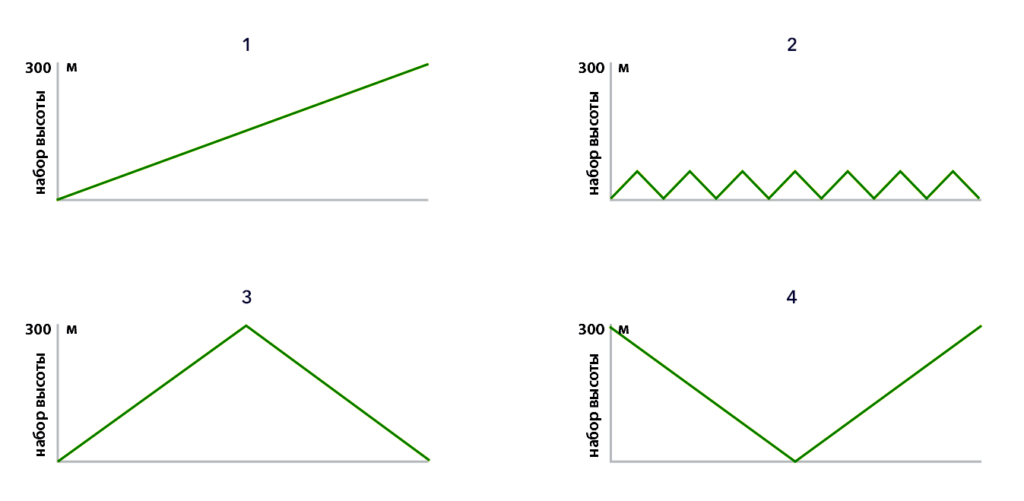
Scientists have figured out that among these routes the easiest is number 2, with lots of small hills. And the hardest is number 4, because you won’t be able to recover your time-losses on a climb.
Ok, so now we know that the elevation profile is a very important indicator that influences your marathon result. The number of saved minutes is pretty hard to calculate, but better pick a plain or saw-toothed route, with small elevation.
There are other important factors that may affect your overall speed at a marathon:
1.Metres above sea level. Here everything is simple – the higher, the slower. It’s better to choose the routes that are near the sea-level or before 300 m, but not higher. If you choose to run higher, there will be less oxygen in the air, which will affect your productivity.
2.Number of turns and blue line. Each turn makes you lower your speed, and this way you may lose a couple more minutes for deceleration and acceleration. And the presence of a blue line (the shortest distance from start to finish) will help you shorten the distance by several hundreds of meters.
Secret 2 : Weather
Marathon temperature.
Choose a cool marathon, and not even cool – cold! In 2007 a team of three scientists led by the physiologist Matthew Eli conducted a research on fast marathoners and came to a conclusion that the optimum temperature for conquering a marathon is 5°–8°C. You think that’s cold? At least you definitely won’t sweat and will run your best marathon.
In order to decrease the temperature of our body we begin sweating, and the evaporated drops of swear take away the air and heat of the body. But as soon as blood removes the excessive heat through skin cells, it stops delivering enough oxygen to muscles. And we run slower. How much slower? Let’s find out.
I looked through several researches and came with an average (well, the results are pretty similar) diagram for an ordinary marathoner.
In two words:
Each degree above 10 °С = +1 minute at the marathon
This data is very averaged and depends on physical preparation, gender, age, number of running workouts in heat, etc. For example, if a runner runs slow, his speed will decrease significantly when the temperature increases. And for girls it’s vice-versa. They do not depend on heat so much. By the way, this is also applicable to light runners.
Temperatures below 5 °С also have a negative impact on efficiency. Our body has to waste carbs to warm up, so we lose the energy for running and, in addition, our muscles produce more lactic acid. And we slow down.
After Marathon Des Sables I understood why running at +40 °С with 8 minutes per kilometer is considered a fast pace and guarantees you a place in the first hundred.
Looking a little bit forward, I can tell that the temperature in Malaga during the race was 15-20 degrees and, respectively, I lost something like 7-8 minutes, though I was planning to save them. But there was nothing I could do ????
Because the weather is a lottery, as well as our entire life.
Humidity.
But heat is relative. Humidity makes the sensation of overheating differ. At high humidity sweat has no possibility to evaporate and cool down the body, so you can get a heatstroke even at relatively low temperatures and a high humidity level.
For example, +40 °С and zero humidity in Sahara are felt like +30°С in Chisinau. But in the Philippines, even at night, at +25°С, you feel like you’re dying of heat.
So, for a perfect marathon you should choose cities with low humidity, as for example Berlin. By the way, in wintertime moisture freezes out of air and humidity levels may drop to zero, as in Antarctica.
Wind.
An important factor that should be taken into consideration. From one side, wind can help you overcome high temperatures by boosting your perspiration and the cooling capacity of the body. But, from the other side, headwinds are bad for a perfect marathon. Even if you run in a circle, tailwinds will never compensate the losses from a headwind.

General recommendations on weather: while choosing a race, examine the weather at this marathon 3-4 years before, during the same period of time, and pay attention to temperature, humidity and wind power.
Secret 3: Sneakers
The first and the most important rule: your sneakers should be light!
How much does your time depend on the weight of your shoes? This question concerned two scientist in Colorado, Hoogkamer and Kram , so they decided to conduct an experiment.
They picked 18 runners and 18 pairs of sneakers with a range of weight from 200 to 500 grams. For more accuracy and to avoid errors because of different amortization levels, they conducted the research on a single model of shoes and attached thin lead plates to them to increase the weight.
All participants ran 3000 meters alternately, wearing shoes of different weight. The results allowed to derive a linear dependence between shoes and the time required for a distance.
Every additional 100 grams on shoes lower the result by 1%.
References: Hoogkamer W, Kipp S, Spiering BA, Kram R (2016)
Alright. So, by choosing lighter sneakers I can save up to 2 minutes at a marathon (if the result is 3:30 in simple shoes)
Amortization
It doesn’t mean that you must pick any type of sneakers that weighs 150 gram, for example Asics Gel Hyper Speed, and the lightest fivefingers to run 42 km. It’s a sure way to get corns and hammer toes at the middle of the distance and waddle then to the finish line.
Little amortization improves your results at a marathon and half marathon by neutralizing the increase of weight. It happens due to the fact that amortization reduces the power of impact on surface, your feet won’t get tired so fast and you will be able to run the distance more effectively.
But an additional amortization means extra weight, so you shall find a compromise. And it seems like I’ve found it.
Meet the Nike Zoom Vaporfly 4%
The running sneakers NIKE ZOOM VAPORFLY 4% The running sneakers Breaking2. project. The Olympic Champion and winner of Berlin Marathon 2017, Eliud Kipchoge, was absolutely fascinated by this model: «They are perfect… just perfect». Of course they are, he almost succeeded to run a marathon in less than two hours wearing them.
Well, he’s paid money for that, so you won’t get so much enthusiasm from me ???? But let’s be objective.
Nike claims that these are the fastest sneakers ever, and the lucky owner of this techno miracle will run a marathon 4% faster than in ordinary shoes. For the record: 4% means 8 minutes in my case. Or 12 sec/km.
Maybe I sound pretentious, or even grotesque, but if you take a look on the infographic made by the marketing-guys, you start to wonder… There is at least one pair of VAPORFLY 4% on the pedestal of the largest marathons, or maybe even three.
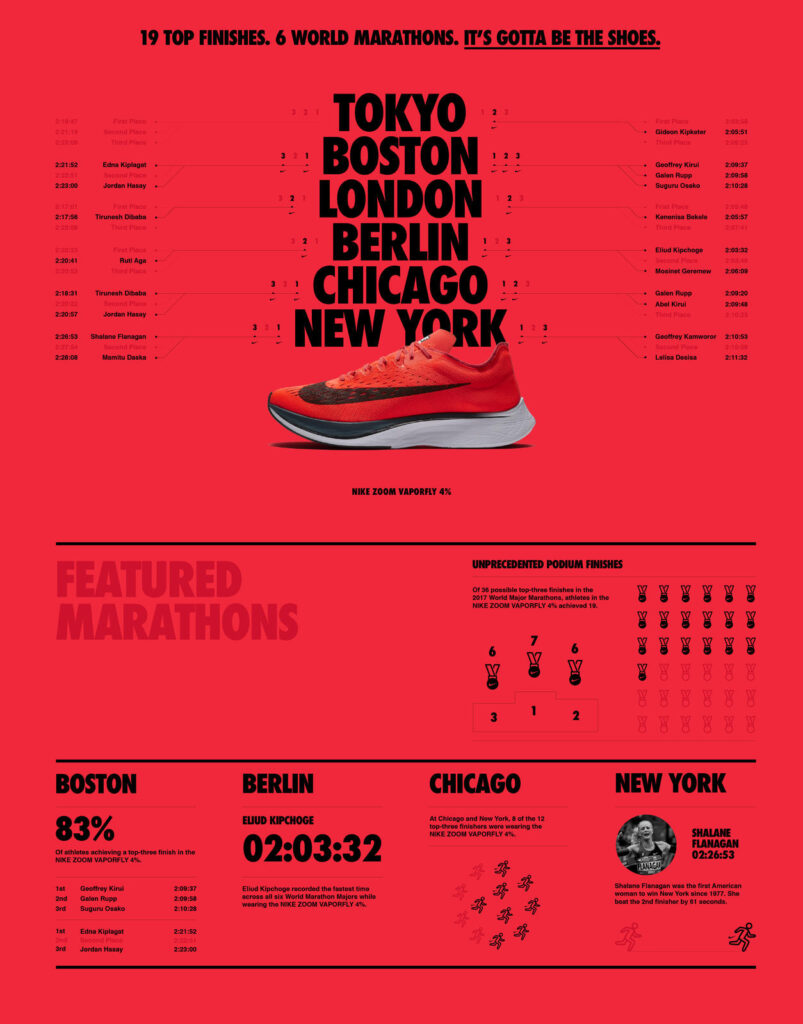
The main things of these sneakers is a carbon plate in the sole, which absorbs the beatings and transforms the pressure during each step to provide a recovery of energy. To make it sound simpler, these sneakers help you run and look cosmically-cool. This awesome marketing strategy made me spend 250 euro on these boots of speed.
And the first pace workouts proved that the money was worth it – these sneakers really help you run faster and push your feet at speeds higher that 5 min/km. According to my feelings and approximate measurements, I can say that they give an increase of 1.5-2%.
So, right sneakers will provide you another 3 extra minutes.
Those of you who aren’t satisfied with general terms can take a look in a detailed study .
Secret 4: Weight
I think there is no reason to discuss the principles of biomechanics to prove that body weight influences the speed. The less is your weight, the less efforts should be made to rip your body off the ground. Besides this, overweight runners experience troubles with oxygen delivery through the body. Why feeding the fat with oxygen if your muscles need it as well?
In 2007 a group of American scientists decided to find out how much does running speed depend on body weight, and here is what they discovered:
When the body weight increases by 1%, energy consumption increases by 1,3%, and a decrease by 1% reduces energy consumption by 0,8%. For example, if your weight is 80 kilos and you run a marathon in 4:00, you can improve your time by 4% (~9 minutes) by losing 4 kilos (5%). Roughly speaking:
1 kg of weight = 2 minutes at a marathon
It seems like you can improve your results at a marathon by lying on the couch. With an empty stomach and food thoughts ????
To predict your result, you can use a fat-speed calculator. This is, for example, my data.
But the point is that, if you decide to lose 2 kilos, these must be 2 kilos of fat, not muscles. Otherwise, there will be no speed growth.
So, maybe, the percent of fat in the organism is even more important that the fat itself. Sportsmen who want to reduce their body weight often lose muscle weight along with fat, which negatively affects their productivity. That’s why you can’t lose weight correctly only lying on a couch. Sigh, stand up, practice your workouts and eat more qualitative proteins, less pastry, sweets and other types of highly-glycemic-food.
In a word, a runner’s goal is to obtain his optimal running weight before a competition. This is the percentage of fat in organism recommended by doctors for your best race:

For example, I should lose weight down to 69 kilos, 11 of which are fat (15%). Pretty hard… But, if I can do this, I will save 10 minutes at the marathon.
Knowing these numbers and having a motivation to run faster than 3:13, I couldn’t get lower than 73 kg and 17% fat. Yes, autumn comes to its end and my bearish gene makes me eat and gain fat for winter.
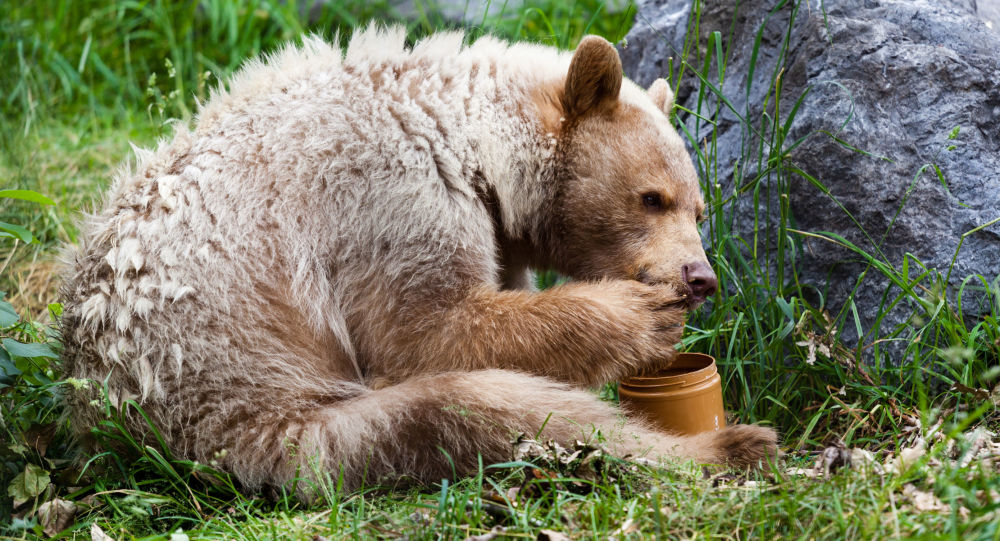
And the age does it’s part – after fourties the metabolism slows down and it becomes harder to get rid of fat.
Well, I learned the theory but couldn’t apply it in practice to get benefits at the marathon ????
But next time I will try my best to get down 70.
By the way, to measure the percentage of fat I use a smart scale (you can find of them at the market). But sometimes I use flexible ruler to measure the girth – there lies the main amount of fat.
Secret 5: Dietary supplements
Beetroot juice
Several years ago I bumped into an article, the author of which claimed that beet juice increases your stamina. I got interested and started digging for more information. After reading three volumes of articles, different analysis, reviews and trying this method at marathons, swimming and cycling competitions, I can give you a resume:
How does it work?
In fact, this isn’t about beet, rather about nitrates (NO3). Beetroot contains lots of nitrates, although not a record amount. Leafy greens are one of the best sources of nitrates. By weight, arugula is an obvious winner: 480 mg of nitrates / 100 g (almost twice more than in a glass of beet juice). But 5 cups of arugula… 5, Carl!
By the way, you shouldn’t be afraid of nitrates – their harmful effect is greatly exaggerated, and, in fact, in small doses they are not harmful at all. Alright. So, what happens when we eat a beetroot or a spinach? In your mouth, thanks to saliva, nitrates turn into nitrites (NO2), and then, fermented by stomach enzymes, into nitric oxide (NO), which relaxes and widens blood vessels. And wide blood vessels increase the blood flow capacity and lead to more oxygen delivered to the muscles. And more oxygen means that we run/swim/cycle faster, longer, harder and get less tired.
Sounds good, right? It means you can drink a glass of juice and run the marathon 5 minutes faster? I decided to check this out.
What about practice?
Damn, it works! If I drink a glass of juice before a hard workout or competition, I notice that my heart rate is lower at the same speed by 5 units, which means I can run faster with a same amount of efforts. At a marathon, nitrates will help me run 42 km faster by 2-3 minutes. Not so much, but it doesn’t require any effort.
Different researches prove that beetroot juice can increase the productivity of your body by 1% if you’re a beginner. More experienced runners won’t get any benefits.
That seems right. My coach (2:30 at marathon) also tried it but didn’t notice any effect. So, if you run a marathon faster than 3 hours, maybe, this magic potion won’t help you.
Where to get and how to use?
Beetroot juice can be found in three basic forms:
1. Fresh juice – the most ineffective choice, but that’s how I tried it first: squeezed 3 kg of beet. Frankly speaking, I can’t stand the taste of beet juice, so it took me 30 minutes to drink 500 ml. I can still feel it in my mouth. Eww. But tastes differ.
2.Concentrate. For example, it’s produced by the “Beet it” company and can be bought on Amazon-е.
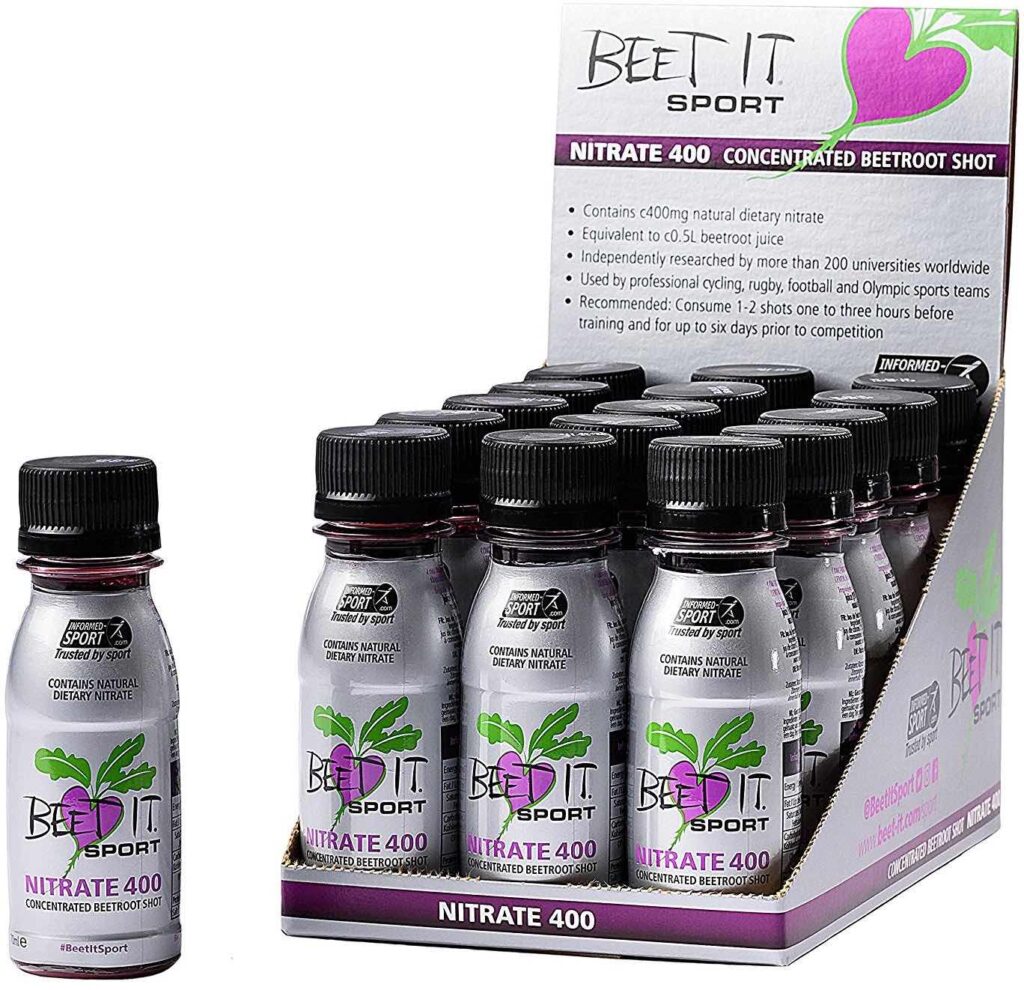
Less volume, same effect. It’s much more tasty, but the only minus is that the only way to get to a competition is in luggage, because drinks are prohibited on a place and the shelf life is pretty short. That’s why I prefer…
3.Powder. For example BeetElite. A concentrated juice without water. Very comfortable: take a bag, add water and drink. And they even add some cherry juice to make the taste better. Shelf life is long, and it’s not a big-space-eater.
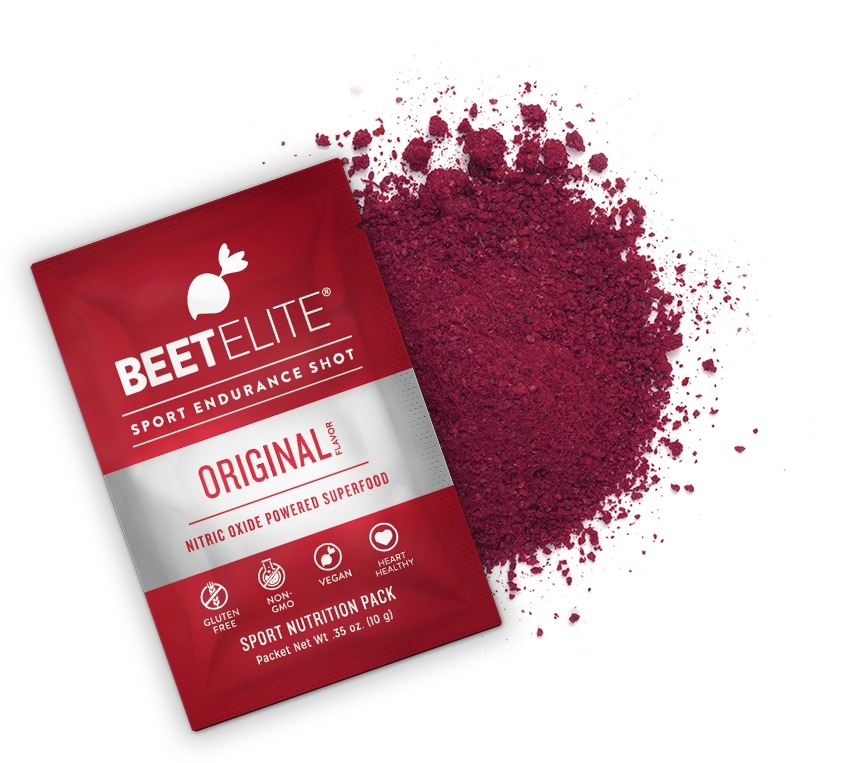
You should take the nitrates an hour before the race, the maximum effect will come after 1,5 – 2 hours and will stay about an hour, and then you will fall.
People say it makes sense to take it every day three-four days before the race, but I tried so and there was no effect.
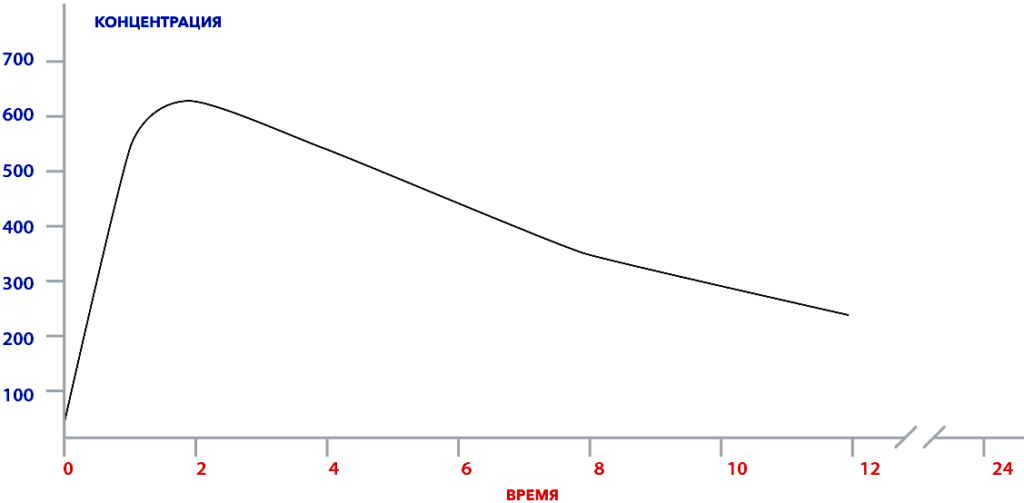
Isn’t it a doping?
I’m against any types of doping, because, as an amateur, I think that we are competing with ourselves, and not for first places, so it’s useless to try to fool yourself with prohibited substances. I can’t speak for pro runners, they have too much to lose, so I won’t try to judge them.
To put your mind at ease: vegetable juices and their dehydrated equivalents are not doping and stay between ordinary food and dietary supplements. So, don’t worry, you can drink as much beet juice as you want before starts!
Hemoglobin
What is hemoglobin?
As many of you know, half of our blood consists of erythrocytes, red blood cells. And the main goal of these erythrocytes is to deliver oxygen to blood vessels, from lungs to different organs and tissues in the body, and to eliminate the carbon dioxide. In this task they are helped by the red blood pigment, hemoglobin (Hb), a protein which captures the O2 in lungs alveoli and delivers it to cells through capillaries. Then it captures the CO2 and delivers it in the lungs, where it is substituted by O2. An everything goes in circles.

The higher your hemoglobin, the more oxygen is delivered to your organs, and, in particular, to your muscles.
Normal hemoglobin levels for male and female are 130–160 g/l and 120–150 g/l, respectively. If a sportsman’s hemoglobin exceeds 170 g/l, he might be disqualified from the competition due to a suspicion of doping usage.
Influence on results
During running activities the muscles require more energy. The faster and the longer you run, the earlier comes the feeling of oxygen insufficiency, the lactate concentration in your muscles rises fast, causing anemia and iron deficiency.
Muscles require more and more oxygen. The heart beats faster, accelerating the blood and speeding up the process of oxygen distribution. If your muscles don’t get enough oxygen from blood, begins the process of oxidation with lactate. Lactate is a conjugate base of lactic acid, which is a marker of oxygen concentration in tissues and an indirect indicator of blood acidity. And you feel how your legs slowly turn into logs.
So, the higher your hemoglobin levels, the longer your muscles can work without oxidation during sprinting. It’s a rough model, in fact, during exercising a redistribution and optimization of blood flow happens, blood viscosity decreases, vessels dilate and erythrocytes liberate oxygen easier. Oh, and the VO2max…
But, after all, the point remains same:
Low hemoglobin – you run slow, high – fast.
How to increase it?
In order to reach a normal level of hemoglobin concentration, our body needs the microelement Fe, which means iron. Iron deficiency causes anemia. And even not mentioning the degradation of sporting results. So I recommend you to make a general blood analysis once in a quarter.
So, hemoglobin levels can be increased in 4 ways:
1. 1.Food. To produce hemoglobin your body needs amino acids and iron. Everything seems quite simple: just eat iron-rich food and the problem is solved. But it’s not that easy. The absorption of this microelement highly depends on gastric acidity, intestine condition, combinations of products and content of specific substances in them. For example, only 15-20% of iron from meat can be absorbed by the digestive system, and only 1-5% from vegetables.
Of course, you can increase your hemoglobin level by eating such products as pomegranates or apples, but it takes too much time. A better raise of hemoglobin comes from beef, less effective is chicken and turkey meat. Eggs and liver give a worse absorption of iron. If speaking about vegetables and fruits, the best are carrot, potato, cabbage, broccoli, tomatoes, cauliflower and pumpkin. They contain much citric, malic and ascorbic acid that helps iron get into the body.
2.Vitamins. In parallel with healthy nutrition you can take iron-rich dietary supplements that contain vitamin C for better iron absorption, B12 and B9 (folic acid). Now you can find lots of beautiful jars with screaming names, but the essence is same: Iron+C+B12+Folic Acid.
3.Highland, hypoxia. At high altitude the air contains less oxygen and your hemoglobin “learns” to deliver more oxygen than at sea level. Also, in the mountains, during acclimatization, the level of erythrocytes in your blood increases significantly, up to 140-150% of plain level.
One of the reasons why Kenyans run faster that anyone else is that they live and train on highlands – 2000 meters above sea level. And then, when they “get down” on earth for competitions, they obtain a significant advantage represented by a high level of oxygen in blood. That’s the reason why professional sportsmen train in mid-mountain conditions, at a height of 1500-2000 meters.
4. 4.Blood doping
Hemoglobin increase in natural ways, using iron-rich products and supplements with vitamins is not a doping. But it’s not enough for professionals, so they invented blood dopings:
— EPO — erythropoietin is a natural hormone secreted by the kidney which stimulates the erythrocytes production. By activating the production of red blood cells, EPO increases the capacity of the body to deliver oxygen through blood flow to muscles. The introduction of EPO leads to an increase in aerobic power without increasing the volume of circulating blood. The use of this drug for 7 weeks can increase stamina by 10%. Excessive doses of EPO may lead to a dangerous increase of hematocrit and are a threat not only to health, but to life.
— Autotransfusion or, in simple words, the process of receiving your own blood for a transfusion. Sportsmen pre-donate 300-500 ml of their blood and save it in a refrigerator. Then, after 2-3 months, when the number of erythrocytes comes back to normal, they pour the blood back and receive an enormous number of red blood cells. The fact is that this process leads to a risk of vascular thrombosis and several heart problems because of an increased blood viscosity.
Secret 6: Personal pacemaker
Pacemaker is a word with two compounds and literally means “pace-setter”. It’s a runner who sets the pace for others. In England pacemakers are called “rabbits”, because runners are traditionally called scenthounds, but we kindly prefer to call them bunnies. Their main goal is to keep a certain speed, previously agreed before the start.
There are two types of pacemakers: personal and mass. A personal pacemaker works for the result of a single sportsman and is paid by this sportsman. While a mass pacemaker becomes a guide for a whole group of runners for free (at the expense of the organizers) and runs for a certain lap time. In amateur races the overall time of a pacemaker or his pace are written on a flag or ballon, so as sportsmen could see his running pace and identify him easily in a crowd. Usually they are followed by a huge group of runners who expect to finish with this pacemaker’s time.
But we speak about a personal pacer, because he can help us save a maximum amount of minutes for our “personal best”. I myself ran as a bunny for 6 hours in Munich wearing a death costume. It was pretty fascinating:
Since then we’ve established a tradition: at all Sporter events, even at Chisinau International Marathon, besides ordinary pacemakers in the very end slowly (in 6 hours) runs death. And all the people who come to finish after it don’t get a medal ????
So, if you see that death is catching you up, know that you may not get a medal so run as fast as you can!
Liviu, my first coach, will be my bunny in Malaga, as he has run with me more than a thousand of kilometers and knows me better than anybody else. We plan to run at 4:32 – this is our pace for 3 hours and 12 minutes. I remember how I ran with this pace 5 km in 2012 and almost kicked the bucket at finish, and now I have to run a whole marathon.
So, here is what I’m looking for after pulling my coach for a week out of the country and performing this drastic workout process:
1. 1.Keep a steady pace — 2 min
If you decide to run a marathon in 4 hours, you should just make a deal with your “bunny” to run at 5:40 per km and voila! you don’t have to care about energy distribution and look all the time at your watch, so you can concentrate on speed maintaining. A subconscious shift of responsibility on the pacemaker’s shoulders relieves psychological tension and helps you to save energy.
2. 2.Avoid headwind — 1 min
If you follow your bunny correctly, as close to his back as you can, you can improve your time due to less wind resistance. He will take the main blow for you and you will just wait behind his back. But it doesn’t work with tailwind.
By the way, the well-known marathoner Eliud Kipchoge, who has recently set a world record on a marathon distance by running the marathon in 2:00:25, used the services of 6 successive pacemakers. Every 2 laps the three of them changed each other forming a new lead-triangle. Their purpose was not only to set the pace for Eliud, but also to assume the main wind resistance.
3. 3.Cut the distance — 0.5 min
Seems unbelievable, but an experienced pacemaker can help you cut the running distance! The point is that beginners do not run on the shortest route: they run in zigzags, choose a wrong way for turns and lose time a lot of time. It leads up to 300! extra meters, and these are, by the way, 1-2 minutes. With a professional pacemaker you will run exactly 42 195 meters, ok, let it be 42 200.
4.Save water time — 0.5 min
Most likely you will ask for help a friend who runs a lot faster than you, otherwise you can turn into a bunny yourself. Your friend should run easily, so you can hang on him a bag with water, isotonics, cola and gels. And now you don’t have to turn every half an hour to water stations and jostle with other runners, losing precious seconds. You can receive water on the move according to the plan you’ve elaborated with your pacer. Don’t think of anything, just run.
But the main thing is than you won’t need to do a number two – in this situation the bunny won’t help you ????
So, according to my countings, a pacemaker will help me save around 4-5 minutes
Secret 7: Sleep
No, I don’t mean hibernating during running, I mean get some sleep before the race. I’ve noticed that after a qualitative long sleep my pulse is 5 units lower at workouts. Which means a faster pace, with around 10 s/km.
And a sleepless night greatly influences your spirit and willingness to force your body do something. And when the moment of truth comes, you will have to do your utmost – you might give up if you didn’t get enough sleep ????
Seems like a simple strategy – go to bed early and sleep well. But turns out it’s not that easy to fall asleep before an important competition. You begin to worry: what if I won’t make it, what if I’ll want to the toilet, what if an old injury comes up, what if rain/snow/typhoon? And the most repulsive thought: I’m lying now in the bed, thinking of different shit instead of sleeping, I won’t get a sound sleep and I’ll fail at the race… And it makes you spiraling even more, and you don’t want to fall asleep. In this case I start breathing slowly and deeply, and voila! after 10 minutes all the thoughts become quieter and … en… zzz… zzz…
And only in the morning you wake up and understand that the day X has come, the day you’ve waited for so long.
Malaga marathon
Alright, armed with my knowledge, our most important weapon, I went with my friends to Malaga to run my best marathon and qualify for Boston, and to confirm/refute the theoretical part.
Malaga is a cute Spanish city on coast of the Mediterranean sea with a joyful, family atmosphere, a Christmas spirit, wine, jamón and an eternal siesta.
At the expo we received some strange race kits with advertising rubbish and BIBs, convinced ourselves that flat feet aren’t a reason not to run, bought some gels, as usual.
And in the evening the sky was covered with bloody clouds. I hope it isn’t a sign of bloody corns?
In the hotel we ate a bucket of pasta, put on our tapes and went to sleep. Morning began with a classic sandwich with nuttela, then another one, and one more. Then it was the beet juice turn – we could hardly drink two packs. Then we dressed, put on the right shoes and went to the start.
So, what boosters are accomplished?
- 1.Route — climb 115 meters, on average +1 minute
- 2.Weather — +13°С at start, +20°С at finish — too bad, no wind, but still a loss of +5…7 minutes
- 3.Weight 72 — two extra kilos, approximately +3 min
- 4.Sneakers — well done –3 min
- 5.Beet juice inside — -3 min
- 6. I checked my hemoglobin a week ago — 145, not enough +1 min
- 7.My pacemaker is happy and cheerful, stalking the ground — -4 min
- 8.Sound sleep -1min
So, regardless of my efforts, this marathon isn’t perfect, but still one of the best: we shouldn’t forget that I’ve trained insanely… (but this story isn’t about workouts)
Happily-optimistic pre-start photos and START!
My plan is extremely simple – we run at 4:33 and… that’s it. After the start my pulse went up to 160. Too much, but I have no choice so I run and pray it won’t get higher. Liviu runs in front of me and sees my pulse on his watch – it’s really nice when your coach understands what’s happening with you.
In fact, this marathon was one of the most indescribable – literally nothing to describe: Liviu’s back and 3 hours of suffering.
The hardest part was at 23-30 km, my pace fell along with my motivation, my heart rate went off-scale, but after 30 I came alive, maybe thanks to coca-cola and gels which I took every 5 km, or maybe it was the second wind that pulled me out of this hole, I don’t know.
All in all, the race was tough, and the finish extremely tough. Anyway, I came to the finish line with my drool flowing in the wind, but still satisfied with myself.
Here are the totals:

— Time: 3:12:36 — according to the plan, but still not 100% for Boston ????
— Place: 258 out of 2471 — I’m in the first 10%, middle for me
— Heart rate: 162 beats/min at average, 185 — maximum, normal
— Pace: 4:34 per km, one extra second, but almost perfect – I went down a little bit after 30, but still it’s OK.
— BpK (beats per kilometer): my favourite parameter — number of heart beats per kilometer. It shows the efficiency of running. The formula is: BpK = pace * heart rate. Let’s count: 4:34*162=742. My best BpK. In New York, for example, it was 809. And that’s wonderful ????
— Cadence, number of steps per minute: 173/min, middle.
— Temperature: +13°С..+20°С, way too much, ????
Here are the results of our gang:
- Dmitrii Voloshin 3.12
- Liviu Croitoru 3.12
- Lilian Florea 3.25
- Eduard Musteata 3.44
- Valentin Madan 3.46
- Dmitrii Svetushkin 3.49
- Alexandru Tipa 5.17
- Petru Copacinschi 5.25
The plan was almost done, I didn’t kick the bucket and showed my best time, but something tells me that this result won’t be enough for Boston 2019. So I’ll have to run one more time in 3:10. Or I can just wait a year and 3:20 will be enough for an old man like me ????
On this optimistic note I’d like to end this multiletter-multinumber scientific research, and I hope all marathoners will achieve their goals not only in sport, but also in life!
Oh, and don’t forget to drink beet juice before starts.



